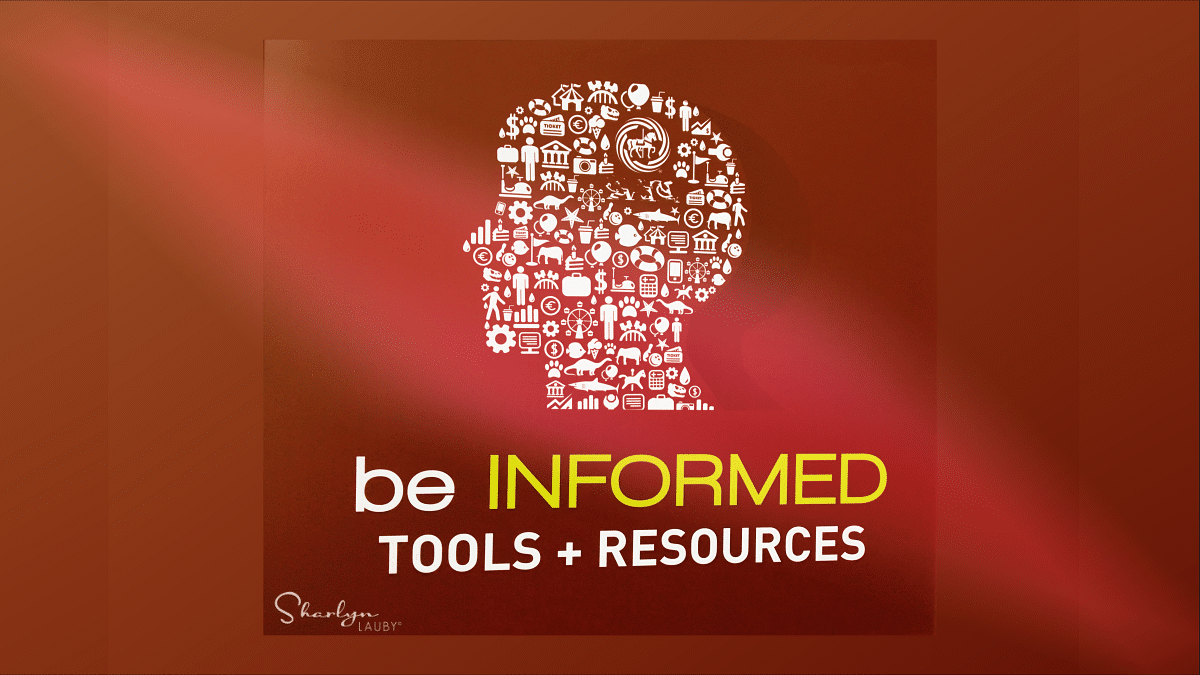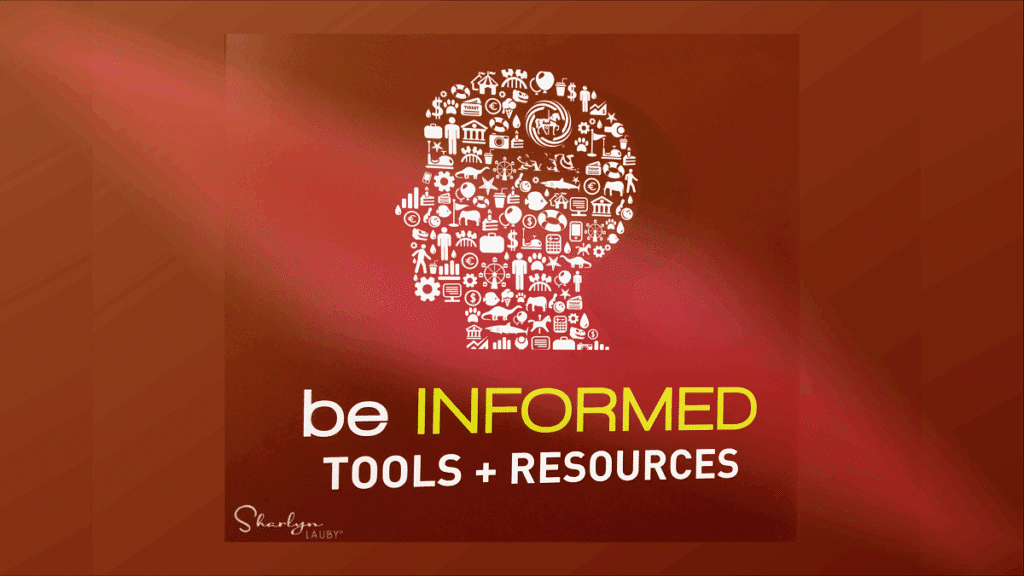Estimated reading time: 3 minutes
The business world is constantly changing. That’s not necessarily a bad thing. Not only do organizations and employees need to change along with it, but it can be helpful to remember the way things used to be. The good news is that we don’t have to remember all the information in our heads. Organizations can create knowledge management (KM) systems to store information for when we need to use it.
According to IBM, knowledge management is the process of identifying, organizing, storing, and disseminating information within an organization. The reason KM is important is because when information is not available or not easily accessible, it can be expensive (in terms of productivity) because employees are spending a lot of time trying to find it. IBM identified three types of information (aka knowledge) that most organizations are trying to maintain: tacit, explicit, and implicit.
Tacit knowledge is typically acquired through experience, and it is intuitively understood. An example of tacit knowledge might be the best practices of the organization’s top salesperson. Obviously, everyone would benefit from this information but because tacit knowledge comes from experience, it can be challenging to articulate and transfer to other individuals.
Explicit knowledge is captured within various document types such as manuals, reports, and guides. It’s probably the most well-known form of knowledge and intellectual capital within an organization. Examples of explicit knowledge include the employee handbook, the organization’s standard operating procedures, and even financial reports. Companies often use explicit knowledge to successfully facilitate knowledge transfer to new employees during onboarding.
Implicit knowledge might also be referred to as “know how”. For instance, the organization might ask every salesperson to prepare a weekly report. How each salesperson generates their weekly report is implicit knowledge. It’s the application of explicit knowledge. Implicit knowledge isn’t necessarily difficult to organize or share, but often organizations just simply haven’t done it.
Let’s get back to my opening comment about knowledge management being expensive when employees can’t find information. To make information easier to locate, organizations should create a knowledge management strategy. In this strategy, organizations need to:
- Define the types of knowledge that exist across the organization and prioritize those types of knowledge that are critical to the operation.
- Reach consensus on how the organization will collect knowledge from key stakeholders and subject matter experts (SMEs).
- Create a process for reviewing knowledge to maintain its accuracy and relevance.
- Designate a central location for knowledge to reside, ensuring that it is safe from manipulation. This could be a technology solution.
- Communicate and encourage knowledge sharing throughout the organization.
KM systems allow the organization to maintain information critical to the organization’s success. Especially when an employee is transitioning to a new role. Sometimes KM is often an afterthought. The good news is when an employee is transitioning to a new department or location, they can pick up the phone and ask a few questions. But when the employee transitioning out of the organization, it’s not as easy.
And frankly, when employees transition, they should be able to focus on their new role – versus spending much of their time on their old one. A knowledge management strategy should have a greater priority within organizations. It allows the organization to feel confident they have the knowledge they need for ongoing success.
Image captured by Sharlyn Lauby at the HR Technology Conference in Las Vegas, NV
The post 5 Steps for Creating a Knowledge Management Strategy Today appeared first on hr bartender.























